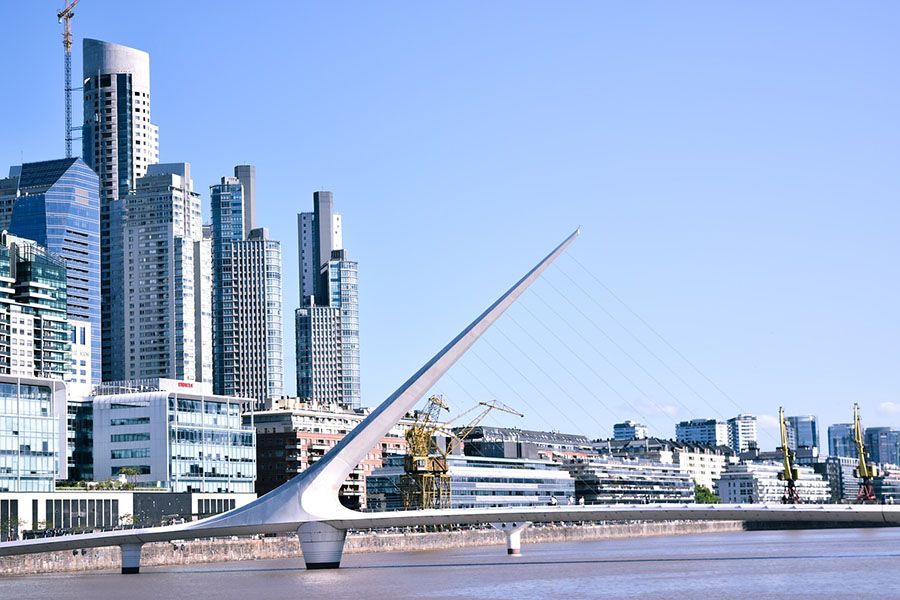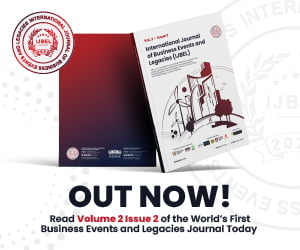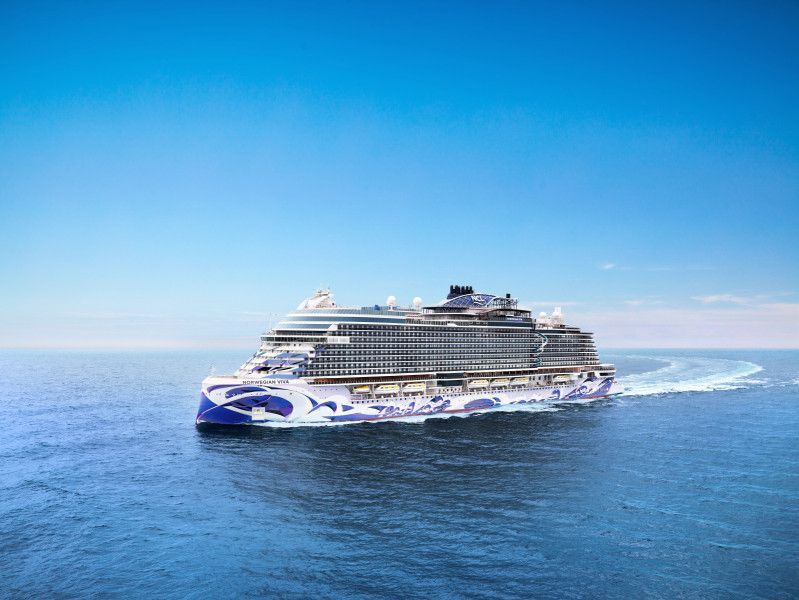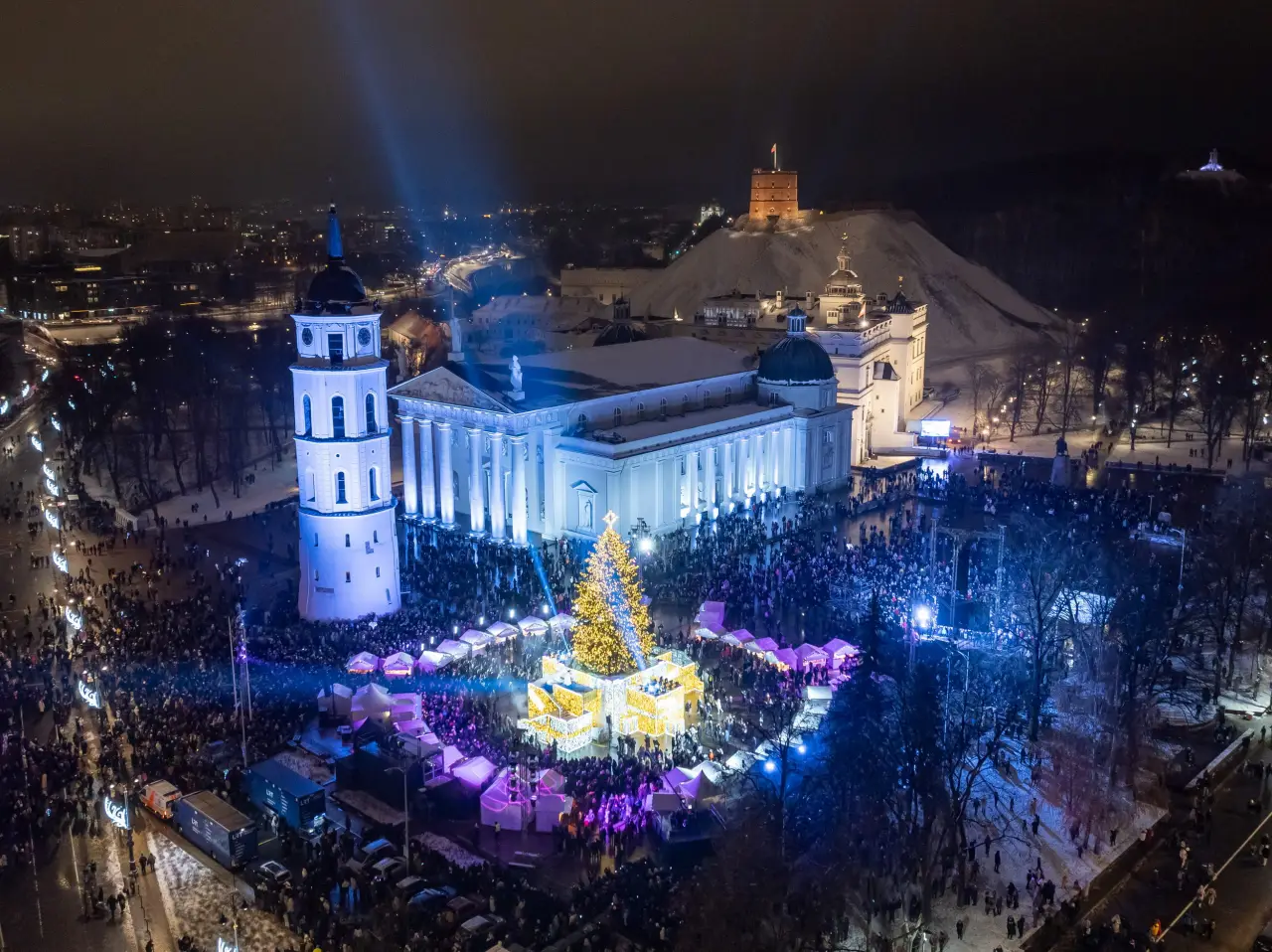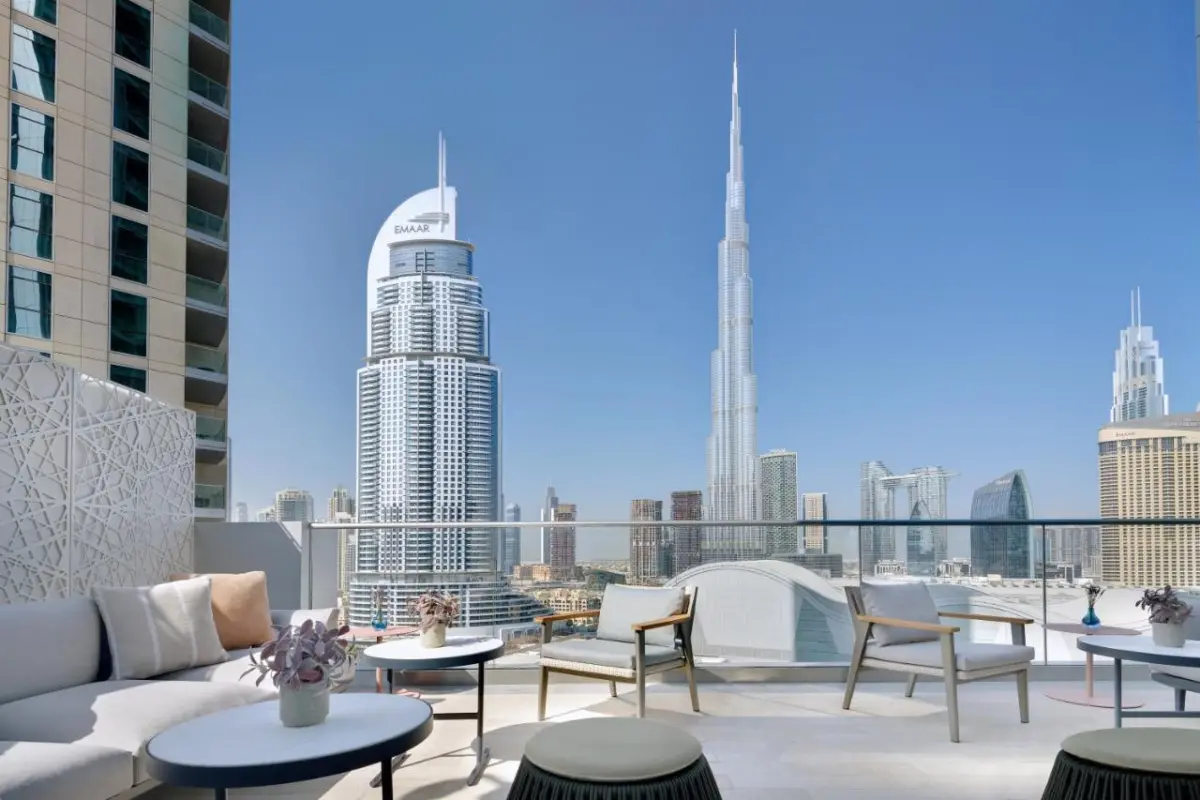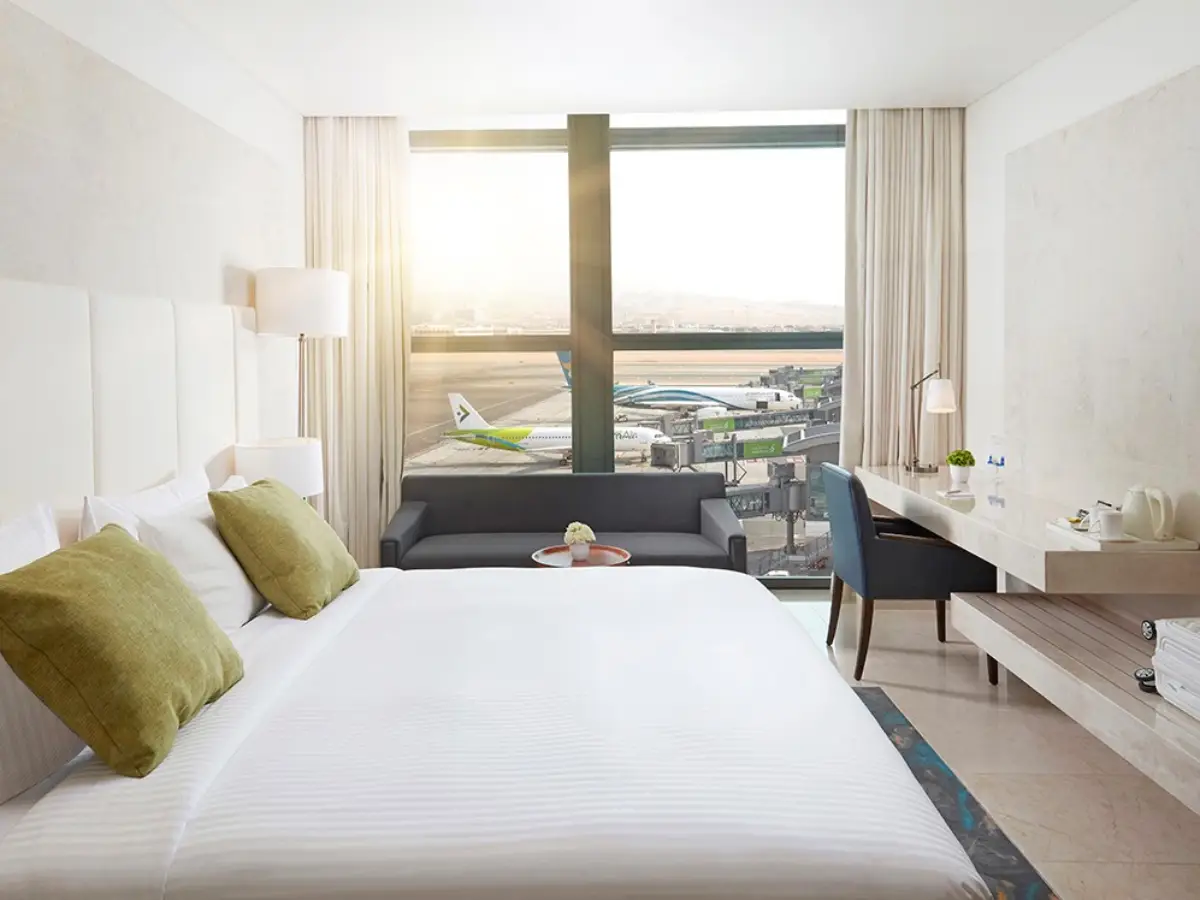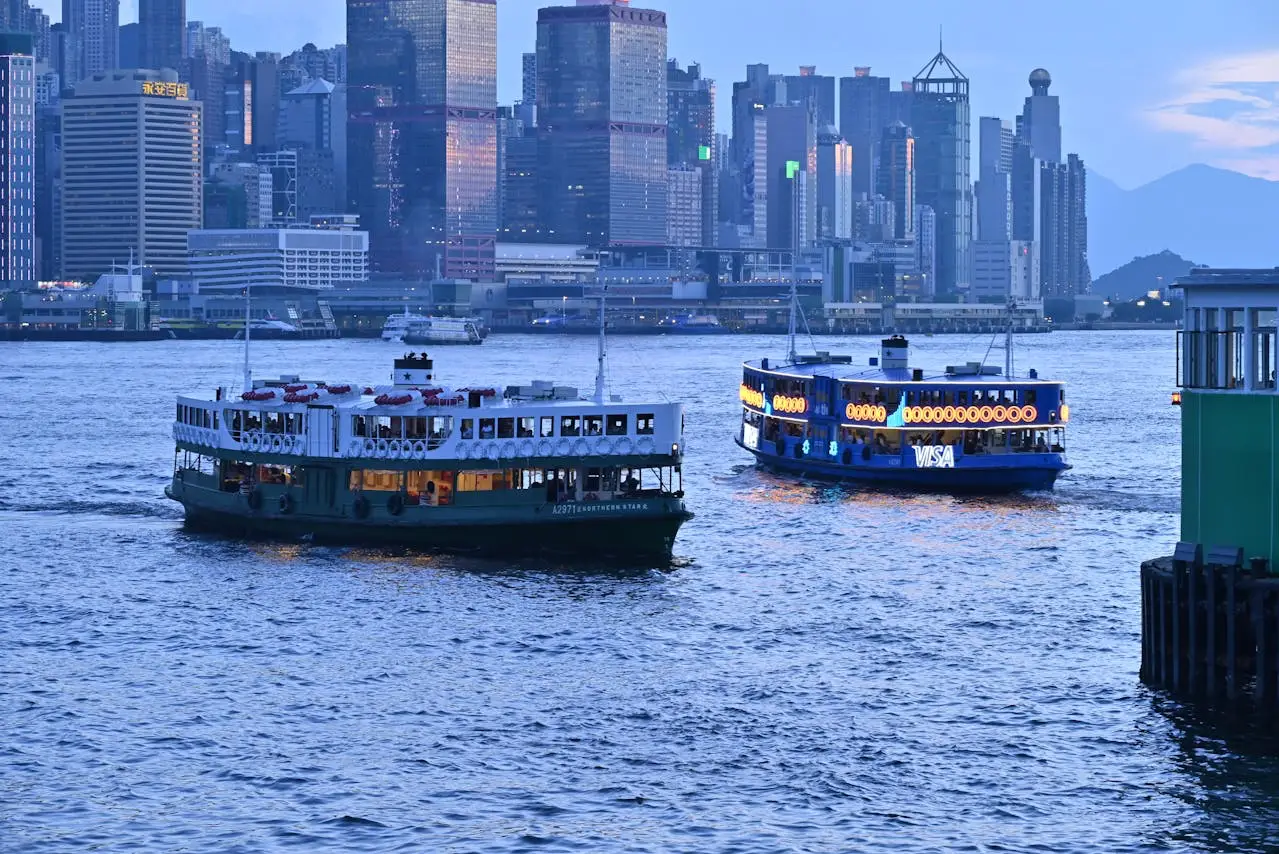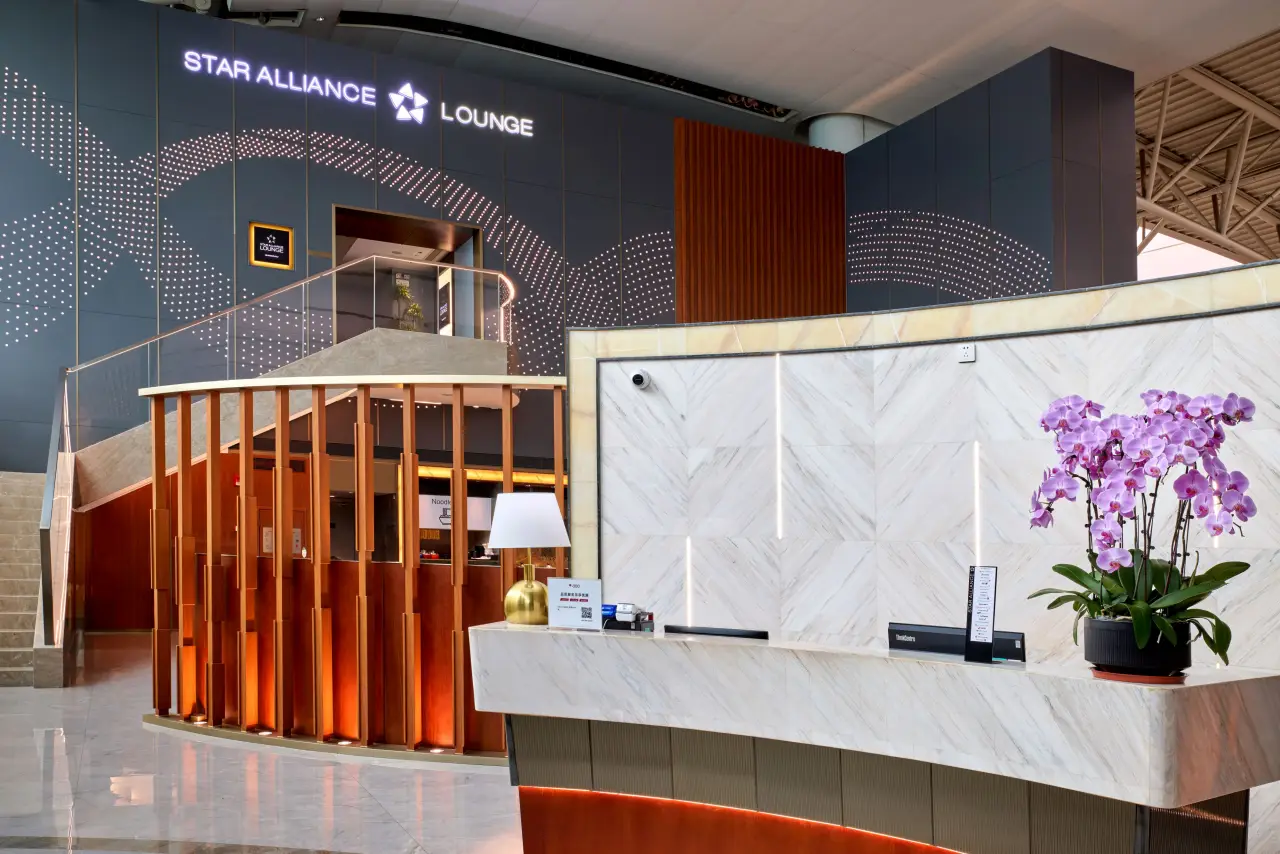The City of Buenos Aires was recognized in this year’s just-released list of “20 places to visit in 2020” according to Frommer’s, one of the world’s leading tourism publications.
Created by expert travel journalists, the list also features Tokyo, Dubai, Bonn and Bahamas, as well as more exotic destinations like Papua New Guinea, Greenland and The Poles.
The publication emphasizes a few of Buenos Aires’ diverse neighborhoods like Villa Crespo, known for its alternative art scene and Jewish community, and San Telmo, home to Plaza Dorrego and talented artists. The city’s culinary scene is also highlighted and suggests that there’s more to Buenos Aires than parrillas, or Argentine barbecues. Buenos Aires is home to empanadas, pasta, faina, or traditional flatbread, mate, dulce de leche ice-cream, alfajores, sandwich with chorizo, also known as choripan, asado, Malbec and Torrontes.
As part of an initiative to expand tourism to new neighborhoods, the Porteño government recently launched an interactive map that identifies more than 500 points of interest in the 48 Porteño neighborhoods.
“An increasing number of international visitors are seeking to live as if they were residents, which is influencing the city’s tourism to expand to new neighborhoods. This trend is excellent news for the city’s neighborhoods given that tourism stimulates the economy and generates jobs,” said Fernando Straface, secretary general and secretary of foreign affairs of the City of Buenos Aires.
“This year Buenos Aires is going to beat international records, but the city still has a lot to show; there is always something new to discover. This is evident in the destination’s culinary scene as there is no other city in the region that brings together the quality of Latin American cuisine in one place,” explained Gonzalo Robredo, president of the Buenos Aires Tourism Board.
Tourism Growth
During the first semester, the city welcomed 1,465,025 international tourists and it is projected that three million will arrive by the end of 2019, a record for Buenos Aires. This growth is marked by a shift to less traditional neighborhoods. According to data from the City’s Tourist Intelligence System, the Belgrano neighborhood receives an influx of 31% of the international tourists who visit Palermo. There’s also been an increase of visitors in the Villa Crespo, Caballito and Chacarita barrios.
For more information, visit travel.buenosaires.gob.ar.

